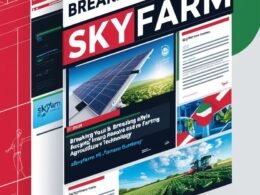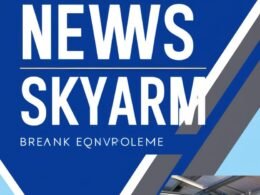1. Approach:
I chose to meet a small group of local extension officers. I then facilitated a session in which we dealt with the strengths, weaknesses, opportunities, and challenges of their farming systems. The officers were then urged to provide as many answers to demographic information and radio accessibility questions as possible. Finally, we deliberated on farmers’ needs and convenient times for listening to agricultural programs.
It must be noted that I only facilitated/moderated the process but not the results.
2. What extension officers identified as their farmers’ information needs?
i. Market information: where to sell produce and products as well as prices to maximize profits
ii. Correct use of agrochemicals
iii. Animal Healthcare
iv. Weather information to know when to till the land, plant, and end seasonal operations
v. Improved methods of cultivating vegetables
vi. Handling of farm produce to reduce post-harvest losses
vii. New techniques in food processing
3. Convenient listening times
Three periods came up: i. early morning before going to the farm (all listeners, farmers and non-farmers alike would prefer religious messages)
ii. midday to 2 pm (men taking a rest can listen on the farm from portable radio sets and mobile phones; women would miss out) iii. evening after meals and news (most if not all farmers—women and men—would relax before retiring to bed)
By consensus, the officers selected the evening between the hours of seven and eight.
4(a) What went well?
Officers were well-versed in the demographic information
ii SWOC Analysis was swiftly done
4(b) Challenges
The extension officers took time to ponder radio accessibility questions.
We intentionally did not prioritize the information needs
Advantages of approach
i. An awareness was created among the participating extension officers about the use of radio to disseminate information to farmers and processors









